DNA is Deoxyribonucleic acid – A Linear molecule that stores biological information in units known as nucleotides.
- All living things have genetic material in the form of DNA or RNA.
- Since genetic material codes for every trait in an organism, evolution is based on changes to genetic material!

DNA structure:
- DNA Nucleotide – 3 components: a phosphate group (PO4), a pentose (5 carbon) sugar, and a nitrogenous base.

- The DNA “alphabet” is formed by four different nitrogenous bases
A – Adenine, T – Thymine, C – Cytosine, G – Guanine
- DNA is double stranded – it is formed by two chains of nucleotides bonded together
- Creates a Double Helix (twisted ladder)
- Nucleotide Bonding:
- C with G: Cytosine always pairs with Guanine
- A with T: Thymine always pairs with Adenine
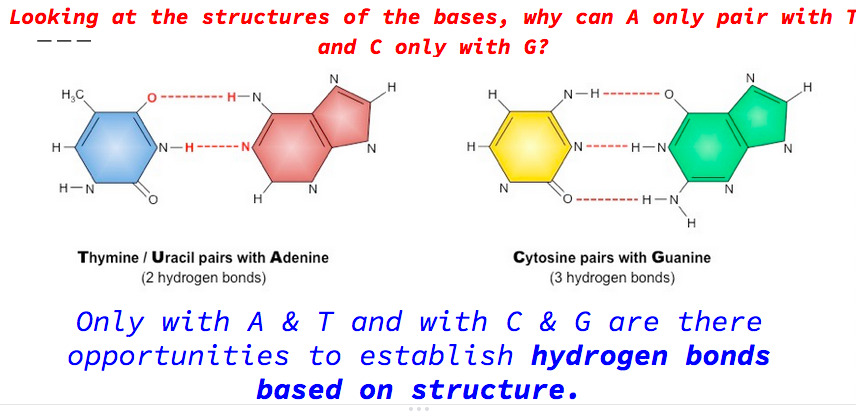
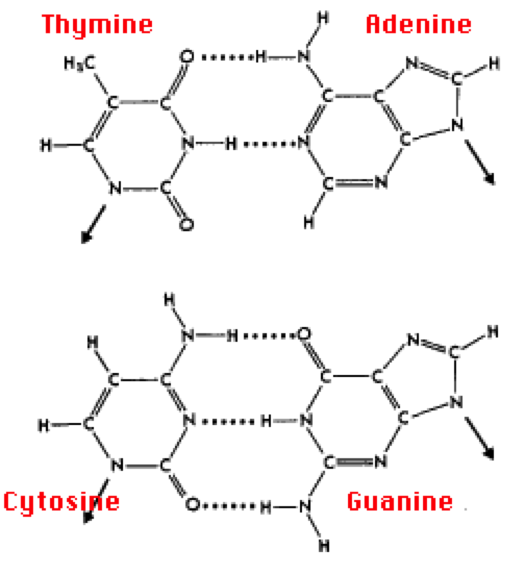
DNA Organization:
Nucleotides – Individual “letters’ of the DNA
Gene – A section of DNA that codes for one protein
Chromosome – Large pieces of DNA that wrap and condense before replicating
Genome – The entirety of the genetic material in an organism
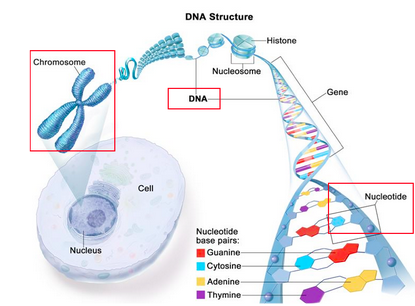
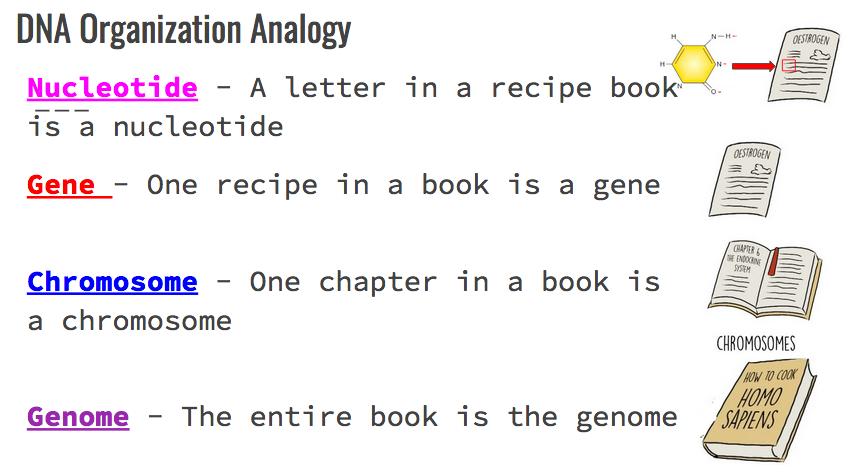
End of Flipped Classroom Notes – We will do this next part Tuesday!
Genes and Mutations:
Gene = A length of DNA that codes for a single protein (i.e. influences a characteristic) Each gene is at a specific location.
Allele = Specific forms of genes, or (i.e. variations or versions of genes – think blue eyes vs. brown eyes).
Heredity = the passing on of characteristics genetically from one generation to another.
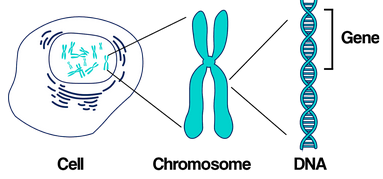
Do more genes = more complexity?
No! Number of chromosomes or genes do not necessarily mean more advanced!
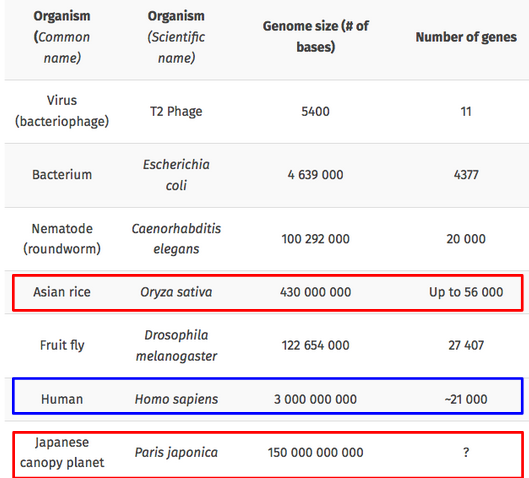
Differences in Genes:
Humans share ~99.9% of DNA
- However, in every given human there are approximately 3 million differences in individual bases.
- These differences create specific forms of genes, or (i.e. variations or versions of genes) called alleles.
- There can be two or more alleles of a specific gene, depending on the gene.
- Remember that humans have two copies of each gene – one maternal and paternal.
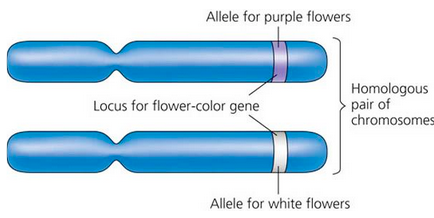
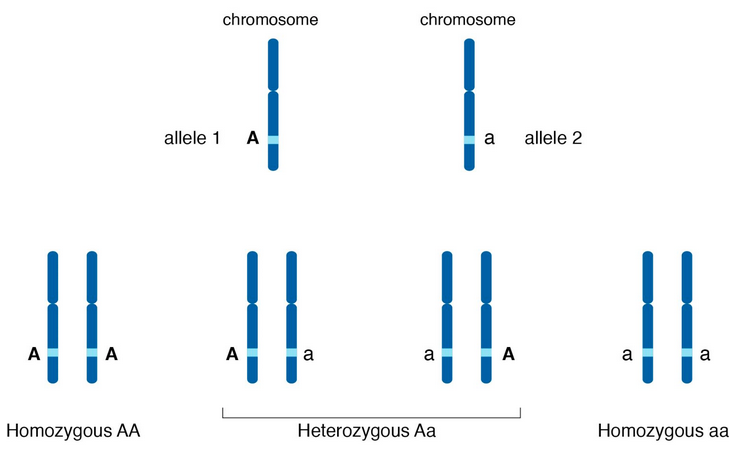
Mutations:
A single change in DNA can produce new alleles.
- New alleles can lead to new traits
- This creates diversity in a population and allows evolution to work!
- Mutation = Any change to genetic material
Most importantly – mutations are random!
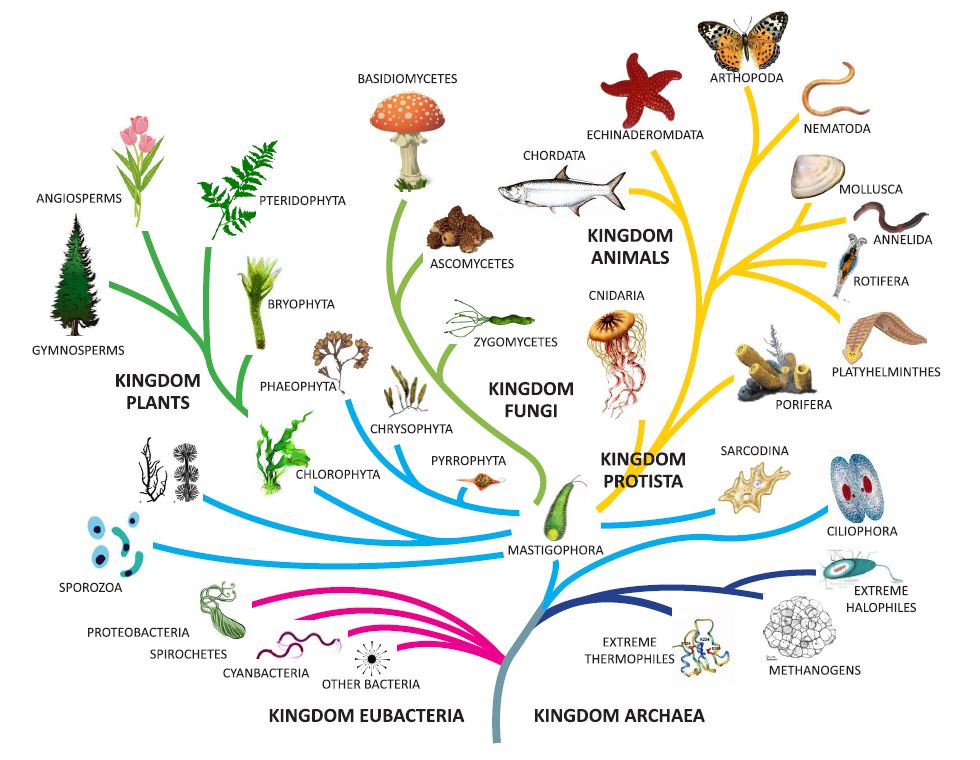
Billions of years of random mutation led to new life!
Mutations can be: Positive, Negative, Neutral
Mutations and Frequencies – A Case Study
- A single base mutation changes the protein for hemoglobin (a protein that carries oxygen in our blood.
- This alters the composition and shape of the resulting protein, creating a sickle shaped blood cell.
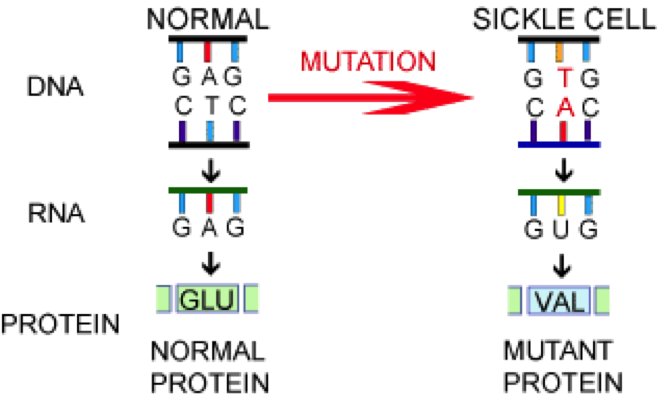
Sickle shaped red blood cells cannot carry oxygen as efficiently.
Symptoms: Weakness, fatigue, shortness of breath, strokes, blindness, or damage to the lungs, kidneys, or heart.
- This is a negative mutation that causes many to die before individuals can pass on the DNA
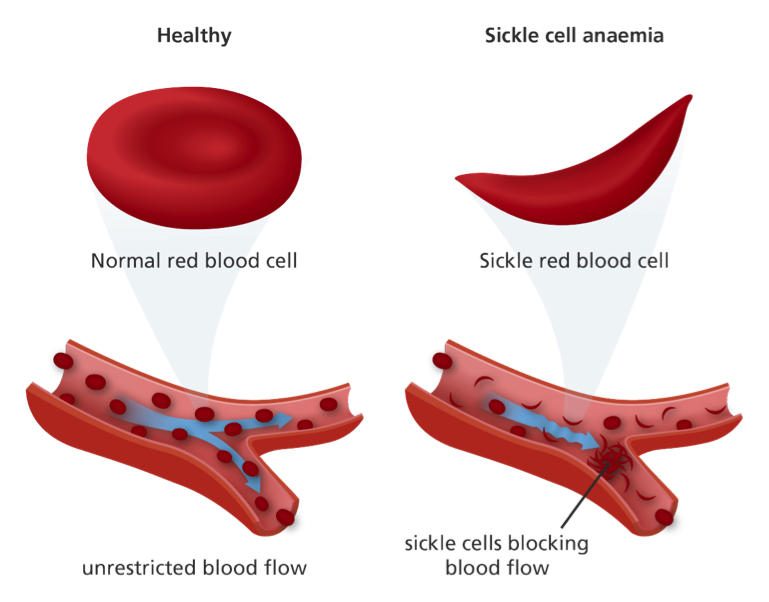
1 in 5000 in the EU have SCA
1 in 500 African Americans have SCA
1 in 100 Africans have SCA
There are two alleles for this gene – A (Normal hemoglobin) and S (Sickle Hemoglobin)
Since humans have two copies of each gene (one from mother, one from father) there are three characteristics that can be expressed.
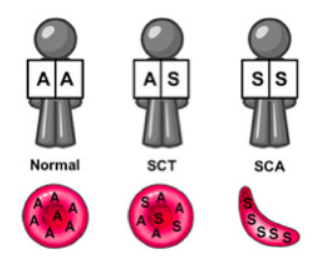
In our model experiment, the question we are going to try to answer is:
Comments by shaun pletsch